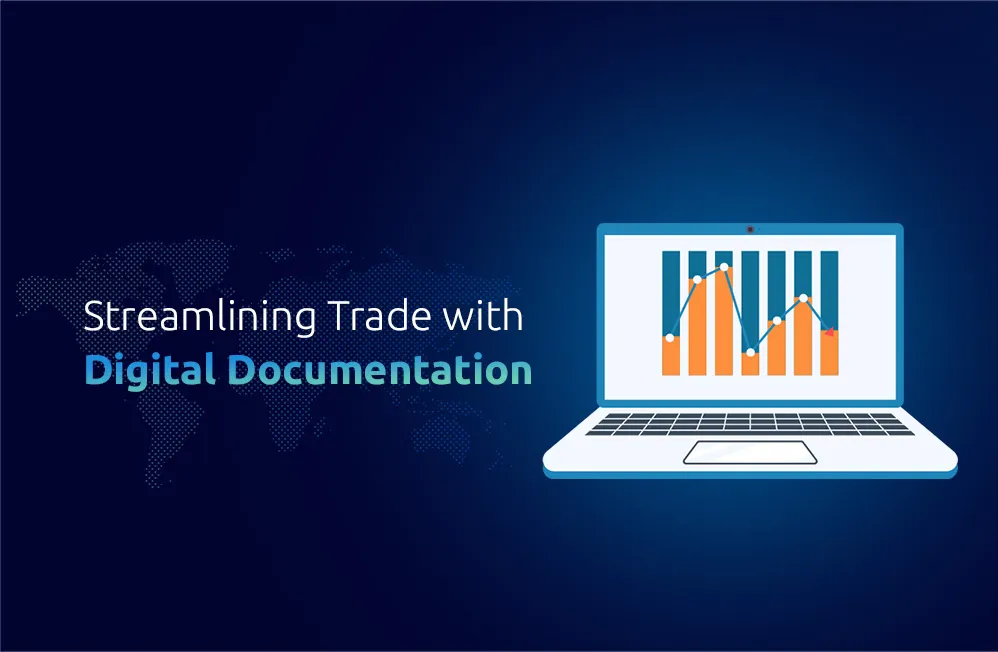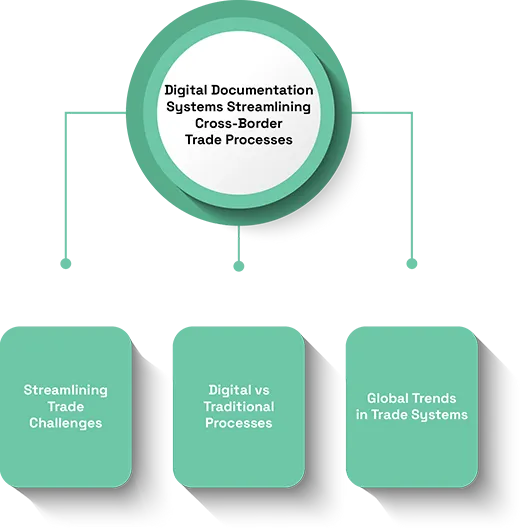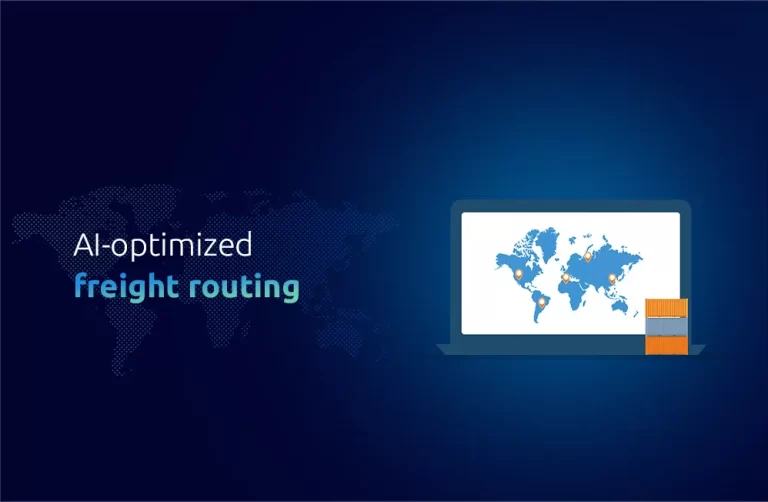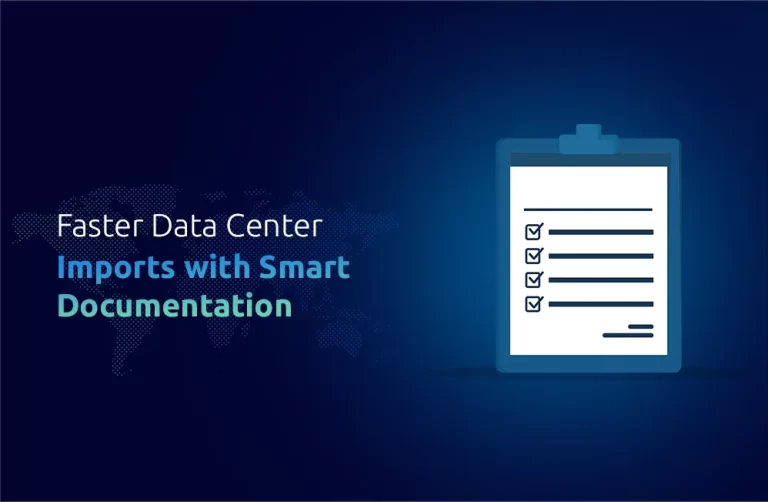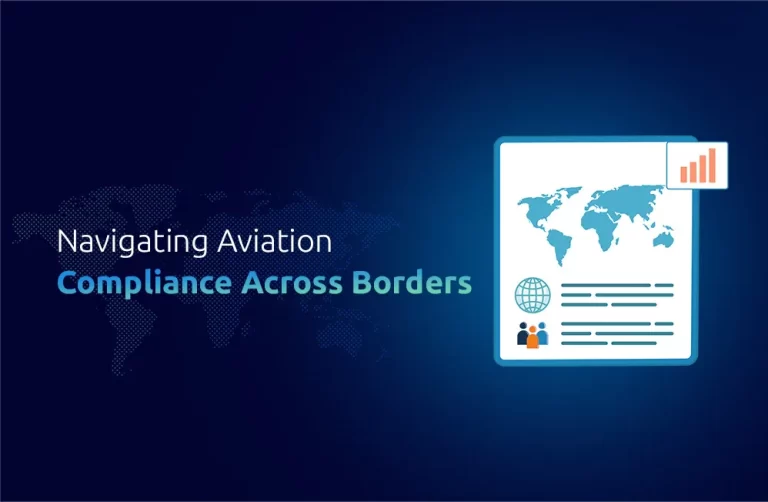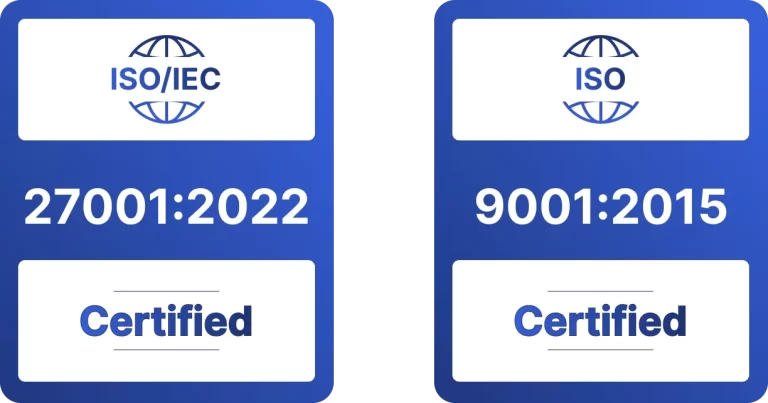Insight
The current global economy depends heavily on cross-border trade because it represents the main mechanism through which products move between different countries. The management of international transaction requirements, including complex network regulations, becomes a serious challenge for companies operating in global markets. Companies that handle specialized equipment encounter special challenges with their documentation needs. Businesses working in these industries meet distinctive documentation challenges since they experience higher frequencies of documentation-related errors and delays, and lost paperwork incidents than other industries.
Electronic documentation systems now function as advanced tools that optimize operations and minimize documentation mistakes. Businesses can turn their conventional paper documents into digital versions using these systems, which enable better document handling and storage, and retrieval functions. The implementation of automatic processes through digital systems drives fundamental changes in the business approach toward international trade activities.
The Challenges of Traditional Paperwork in Cross-Border Trade
Under the previous system, businesses depended on paper documents for customs declarations, shipping manifests, and invoices. Business operations during that period faced difficulty because the system proved insufficient and error-prone. Working with high-value sensitive equipment causes mistakes in paperwork, delays, and costly compliance responsibilities. Occupying more staff time for manual entry and suffering from increased possibilities of errors make paper documents difficult to administer. Paper-based documentation remains prone to serious hazards when used in today’s focused international business environment because it presents opportunities for data loss, delays, and physical damage.
Traditional documentation methods cannot meet contemporary requirements for faster global trade operations. Digital documentation systems implemented by businesses eliminate processing-related risks because they enable quick, accurate, and secure document processing.
How Digital Documentation Systems Improve Cross-Border Trade Efficiency
Digital documentation systems streamline the entire documentation process. Digital systems process necessary trade documentation so businesses can make new documents and monitor every trade document in real time. Organizations can concentrate on core operations by investing their time elsewhere because their documentation remains correct and current.
The automation process in such systems generates invoices, shipping documents, export declarations, and certificates of origin without operator involvement. Gaining electronic control allows companies to achieve swift customs goods clearance while blocking delays and attaining international guideline adherence.
The implementation of digital systems creates transparent processes by providing enhanced document visibility. Every stored document maintains secure storage, allowing authorized users across all locations to obtain instant system access. Every participant in the trading operation, including shipping companies, customs officials, and warehouse staff, can get instant access to needed documents. Digital system access provides hassle-free document availability, preventing procedure slowdowns and keeping all required documentation from disappearing.
Key Features of Digital Documentation Systems
The features of digital documentation systems make them vital for conducting trade between countries. The main capability stands out as automation capabilities. Such methods automatically create documents, including invoices, shipping manifests, & customs declarations, thus decreasing the requirement for human labour and shortening document completion time. Automated processes ensure the timely delivery of all necessary documents to reduce the probability of time-consuming mistakes affecting the supply chain.
Real-time tracking operates as one of the vital features available to users. Paper systems fail to provide live tracking capabilities for documents or shipments, but digital documentation systems keep users aware of everything in real-time. Instant updates about documentation status and shipment and customs clearance progress are available to businesses through these systems. The system allows businesses to receive complete supply chain insights to detect and promptly address problems.
Security stands as an improvement among the benefits offered by digital documentation systems. Digital systems protect documents through encryption and secure cloud storage, which securely safeguards documents from the same risks that might affect paper documentation. The documentation process becomes trackable due to audit trails that business operations use through these systems. The method ensures transparency & responsibility in operations that manage high-value specialized equipment.
Improved Compliance and Reduced Risk
To operate properly, businesses must meet international standards specific to the specialized equipment they handle. Trade documentation must fulfil strict requirements, & failure to comply might result in fines, delays, or the complete rejection of goods.
Implementing digital documentation systems allows employees to generate and distribute correct documentation that satisfies customs standards and international trade regulations.
Automation of documentation tasks decreases the possibility of regulatory violations because it minimizes human errors. Magaya’s system operates to maintain updated documentation records that fulfil present-day laws and regulations. Medical equipment companies benefit from digital documentation because it ensures proper handling of certificates, approvals, and declarations under stringent compliance terms.
The Growing Importance of Digital Documentation in Global Trade
The worldwide expansion of trade requires better and more dependable trade solutions to meet increasing market needs. According to the International Trade Centre (ITC), digital platforms have replaced more than 45% of global trade processes over the past few years. Businesses need simplified, automated solutions because e-commerce expansion and the rising international regulatory complexity force them to search for better trade methods. Digital documentation systems will grow substantially in international trade because they enable organizations to handle complex cross-border business deals.
The World Bank found that trade-related digital transactions will lower trading costs by a projected 30% because digital systems keep expanding. Implementing hi-tech solutions helps companies decrease market inefficiencies and increase compliance while delivering higher overall operational productivity.
Conclusion
Efficiency and precision are important for businesses to maintain their competitive advantage, so digital documentation systems must be adopted. A faster, more secure method to manage cross-border trade documentation exists through these systems, which enables compliance & minimizes documentation errors and delays. Modern digital systems, through their real-time capabilities, automated document generation, and improved security measures, are revolutionizing how companies approach international trade. One Union Solutions dedicates itself to developing inventive solutions for optimizing trade processes, enabling your specialized equipment to traverse international borders unchecked with reduced waiting periods.
Did You Know
The World Bank undertook a study that revealed that worldwide digitization of trade documentation might minimize costs by 30%.
FAQs
1. What constitutes a digital documentation system?
An electronic trading document management system operates as an automated platform which maintains automated processing and electronic storage of trade documents, including invoices, shipping manifests, and customs declarations, for efficient business document management.
2. How does digital documentation improve trade efficiency?
Digital documentation automates the creation and submission of trade documents, reduces manual errors, and provides real-time access to ensure faster, more efficient trade processes.
3. Are digital documentation systems secure?
Yes, digital systems use encryption and secure cloud storage to protect documents. They also provide audit trails to track document movements and ensure security.
4. How does digital documentation support compliance?
Digital systems ensure that all necessary documents are completed accurately and submitted on time, helping businesses comply with international trade regulations and avoid costly penalties.
5. How can digital documentation systems be integrated into my business?
Digital documentation systems can be easily integrated into existing processes with the help of a service provider. They will customize the system to suit your specific trade requirements and help automate your documentation management.

